All about Denise Pelargoniums
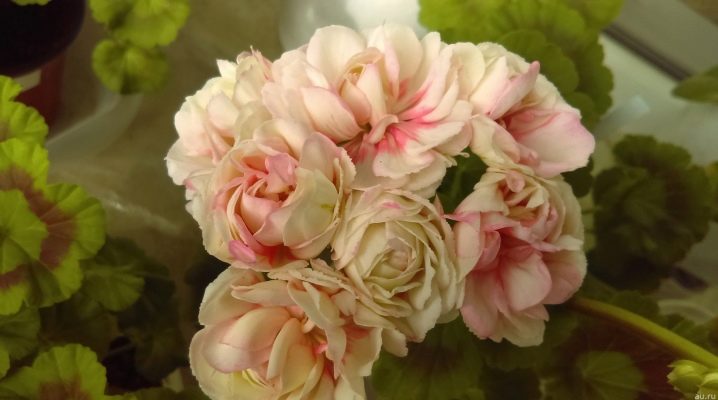
Pelargonium Denise belongs to the geranium family (genus Pelargonium) - it is a houseplant of amazing beauty, similar to a neatly arranged bridal bouquet. Its inflorescences look like rosebuds, with a magnificent play of the most delicate shades. Many growers are trying to purchase pelargonium in their collection.
General information
The flower was brought to Europe from hot Africa. When the merchant ships, circling the south of the continent, stopped to replenish their water supplies, they were surprised by an amazing plant growing in the wild. In the 18th century, pelargonium was actively cultivated in Europe, and then it spread to other countries of the world.
Sometimes the plant is confused with geraniums, but their flowers differ in structure. Geranium has 5 completely identical petals, and in Pelargonium, the upper and lower petals have different volumes and shapes, their color range is more complex in its heterogeneity.
Botanists describe Denise Pelargonium as a perennial shrub with straight or branched stems. It has finger-like leaves and umbrella-shaped inflorescences, surprising with endless variations of pink color. The capsule fruit opens upwards and releases the seeds.
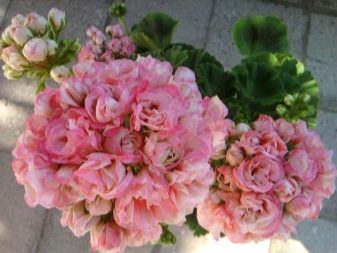
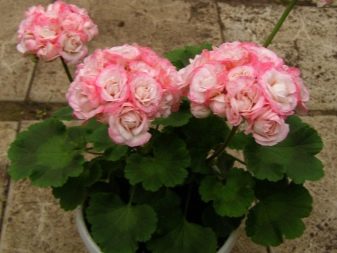
The influence of southern origin was reflected in the climatic preferences of the African beauty. It easily tolerates drought, but cannot winter outdoors.
Pelargonium is not only a beautiful, but also a useful plant. The essential oils contained in the leaves are used in cosmetology. And on the basis of the root extract, pharmacists produce medicines for the treatment of the upper respiratory tract.
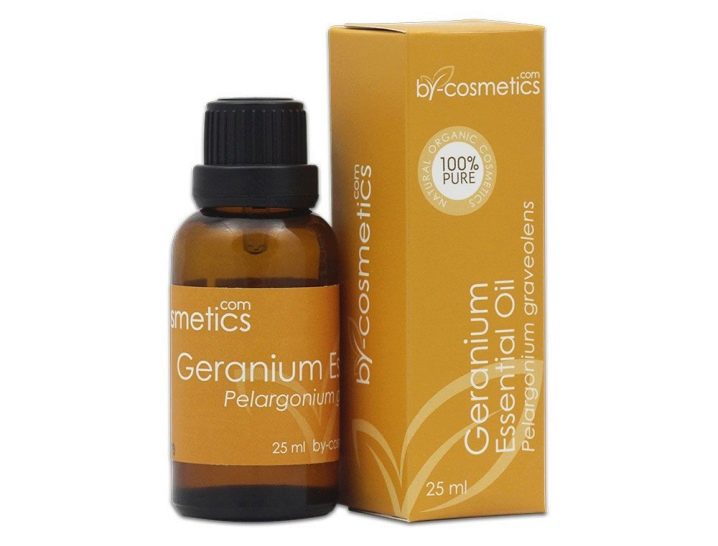
Description of famous varieties
Zonal rosebud pelargonium Denise has several varieties. They were bred in Sweden and Belgium, as a result of which each nursery received its own unique plant. Let's try to figure out what their differences are.
- Pelargonium Denise "Sutarve" (Denise Sutarve), bred in the Swedish nursery Sunetrygg, it is a miniature, well-built shrub. It blooms with numerous buds that resemble small half-open roses. Their petals are pale pink with a shade of white.
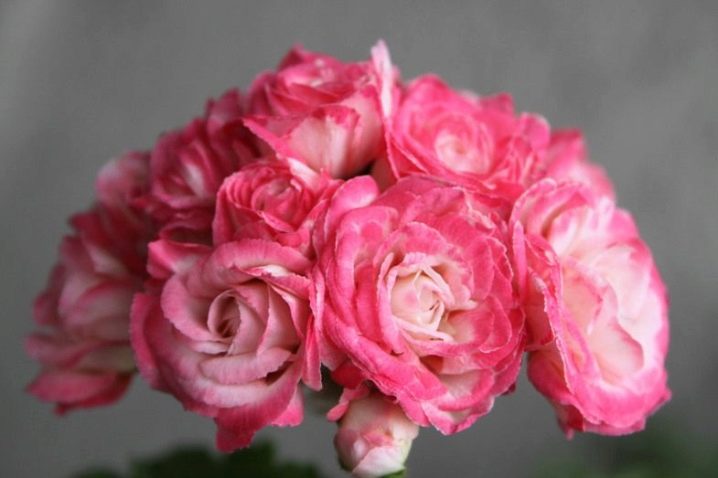
- Denise from Belgium Rockdale - a beautiful bush, the surface of which is dotted with fully opened flowers, similar to blossoming rose buds. Their mature appearance exposes graceful stamens. It is this variety that is most in demand today. Taking advantage of the plant's popularity, some unscrupulous sellers pass it off as a fake Denise. You should be careful and purchase pelargonium only in proven nurseries.

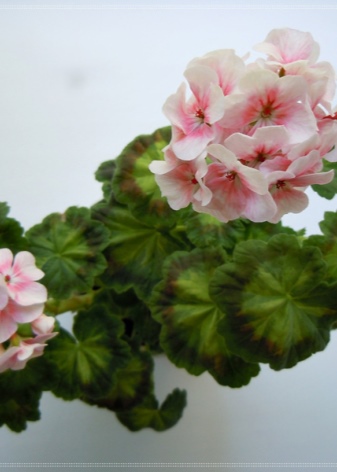
How to grow?
Denise Pelargonium combines luxurious appearance and unpretentious care. Of course, it will grow without much effort by the gardener. But it is good care that will make the plant healthy and luxuriantly blooming, delighting others with its magnificent appearance.
Reproduction
All varieties of pelargonium can be propagated by seeds or cuttings. Seed-grown plants bloom more abundantly. But with regard to Denise pelargonium specifically, growing from seeds, flowers do not always inherit the characteristics of this variety, so growers prefer to propagate the plant by cuttings.
- Seed propagation (January-March). For seed planting, the fruits should be held on a damp cloth for some time. When they swell and begin to "hatch", they are planted in containers with moist soil shallowly, slightly covered with earth, and covered with glass or cellophane.The containers are placed in a sunny place (for example, on a windowsill) and left to germinate. It is necessary to ensure that the soil does not dry out, and the ambient temperature is not lower than + 22-25 degrees Celsius. After a few weeks, young shoots will appear, they should be dived, planted in more isolated containers and grown for another couple of months with a decrease in temperature. Grown plants are transplanted into individual pots.


- Propagation by cuttings (February-March and July-August). The stalk is cut from an adult plant using semi-lignified shoots. It should have 3 to 5 leaves. The cuttings are left for a couple of hours to heal the slices, and then the 2 bottom leaves are removed and planted in containers. The soil is prepared with neutral acidity, fertilized with peat and well loosened. Water it sparingly, without zeal, so as not to rot the planting material. The containers are transferred to a windowsill for germination. After a couple of weeks, the cuttings will begin to root and grow.

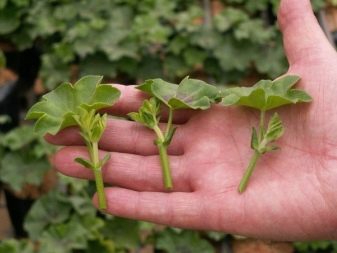
Temperature regime
For the development and flowering of pelargonium, the temperature from 20 to 25 degrees Celsius can be considered comfortable. When the plant is in a state of winter dormancy, it prefers lower rates - + 10-15 degrees. Such an environment can be provided by verandas or insulated balconies.
But if pelargonium has to spend the winter in warm apartment conditions, it should not be removed to the far corner, it is better to leave it on the windowsill, since full lighting is necessary at high temperature conditions.
During the warm wintering period, the plant is watered in the usual way, but not fed.
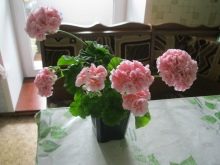
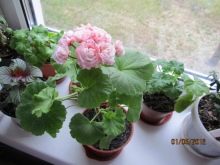
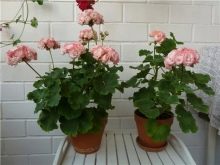
In the summer season, when exposing pelargonium to the street, it should be remembered that the plant is thermophilic, and if night temperatures drop to +10 degrees, it is better to bring the pot into the house.
Despite the resistance to high temperatures, transferring a flowerpot with pelargonium outside, under the direct rays of the scorching sun, you can get the following changes: the plant will fade, and the leaves and flowers will thin out over time.
If in the warm season, pelargonium is grown in the open field, the heat is not terrible for it. With proper watering, there will be no negative changes with the flower.
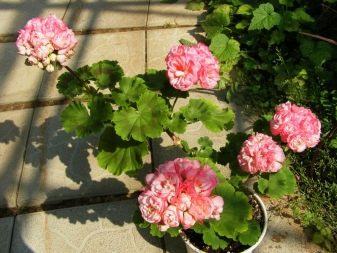

Watering
Pelargonium is capable of accumulating moisture, so it is better to water it less than to overdo it. It can react to excess moisture by rotting roots.
In the hot summer period, the plant is watered a little every day or every other day, carefully directing the moisture under the root.
Pelargonium does not like spraying.
If, during the period of winter dormancy, the plant is taken out to places with a reduced temperature regime, it should still be watered so as not to dry out the soil, but only 1-2 times a month.

Pelargonium doesn't like the chlorinated water that flows from our taps. It is better to collect the liquid a day before watering and allow the chlorine to disappear. Experienced flower growers keep a container with settled water constantly.
Lighting
Pelargonium is a light-loving plant. In indoor conditions, you need to choose the lightest window sills for it, with a window to the south or east.
Taking pots of flowers outside in the midday heat, it is better for the plant to arrange partial shade.
During wintering in the cold conditions of the veranda, pelargonium does not need long-term illumination, but at room temperature it should be enough. Lack of light slows down the growth of the plant, the stems become thinner, and the leaves fade.

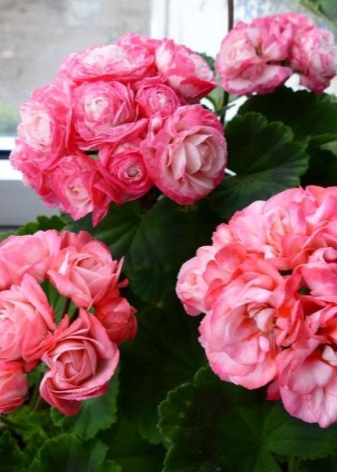
Top dressing
After winter dormancy, the plant begins to actively develop. During this period, from early spring to autumn, it should be fed. To do this, liquid fertilizers are introduced twice a month into a slightly moistened soil.
The top dressing contains potassium, nitrogen and phosphorus. If you overdo it with nitrogen, the plant will be abundantly covered with fresh young foliage.
For a dense flowering, it is better to focus on potassium-phosphorus feeding.
You can use ready-made liquid fertilizer. The dosage and rules for use are described in the instructions.
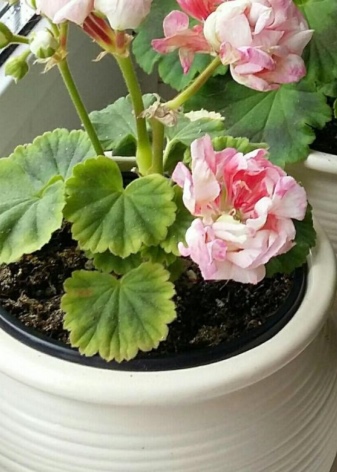
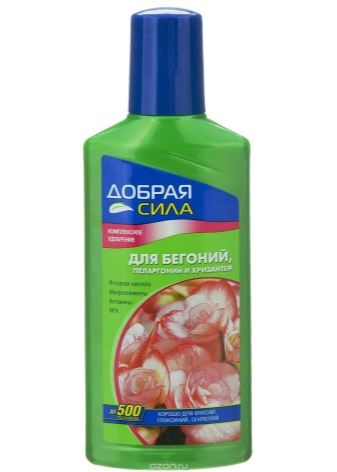
Transfer
Young shoots are transplanted every year or two.The best time for planting pelargonium is early spring. The sprouts are planted in prepared soil and watered gently. Watering should be daily, but weak, until new rosettes with leaves appear on the plant - this will mean that it has taken root. Choose a small pot for transplanting, in such conditions it will be easier for the plant to bloom.
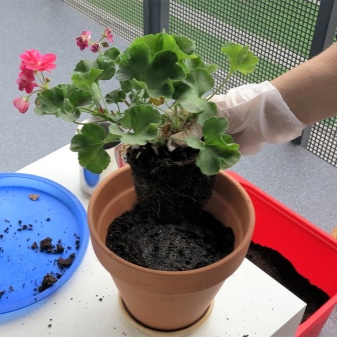
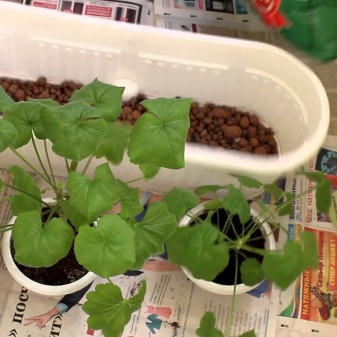
For planting pelargonium, they use different soil sets, here are a few of them:
- a mixture of sand, turf, peat with the addition of humus and perlite;
- the earth is mixed with leaf humus and sod, a little sand is added;
- drainage is placed on the bottom of the pot, covered with earth with humus and peat.
Ready-made mixtures can be purchased at flower shops; for pelargonium, a soil with neutral acidity should be chosen.
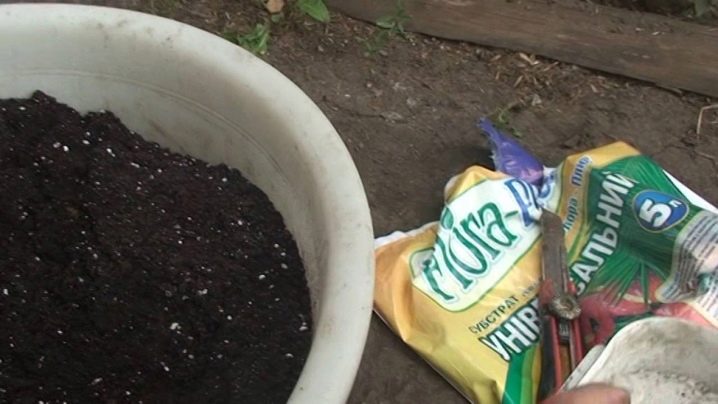
Pruning
A beautiful decorative compact bush should be worked on. For this, a young plant is pruned, giving it the desired shape. Long shoots are shortened, leaving standard branches of 10-15 centimeters. After a month, pelargonium will form a bush and bloom.
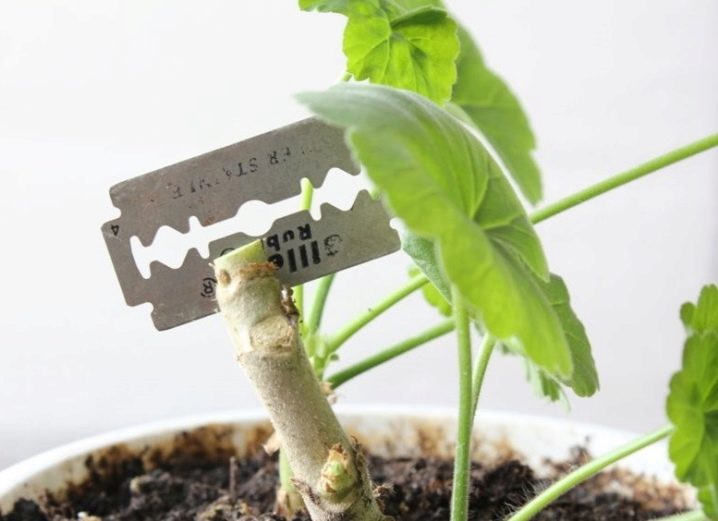
Winter period
In winter, the sap flow of the plant stops, it stops blooming and freezes in its development. During this period of pelargonium, a comfortable wintering should be organized:
- contain in conditions of a temperature reduced to +10 degrees;
- water 1 or 2 times a month, not much;
- do not apply any dressings;
- in cold conditions, lighting is irrelevant.
At the end of wintering, the plant should be transferred to room conditions and fed with liquid fertilizer. Gradually, the bush will begin to wake up and gain strength.
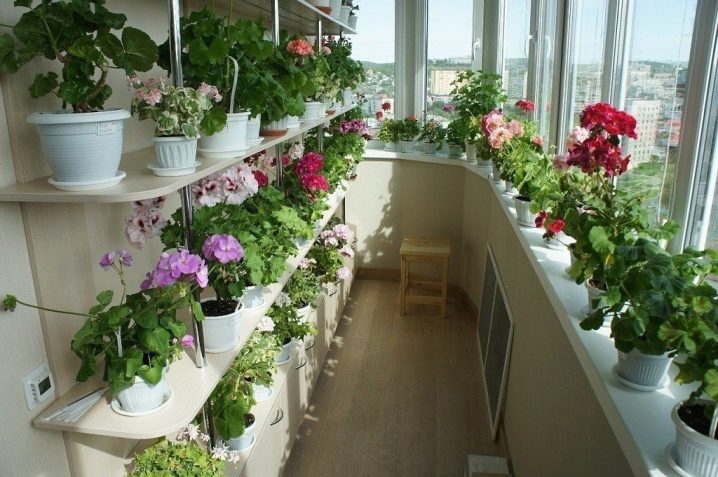
Summing up, here are some tips. If the border of the leaves brightens and dries, then watering should be increased.
The reason for the refusal of pelargonium to bloom may be a violation of the winter regime - this means that the plant overwintered in too greenhouse conditions.
Love and proper care will help you grow a beautiful flowering bush.
See the video about caring for pelargonium below.































The comment was sent successfully.